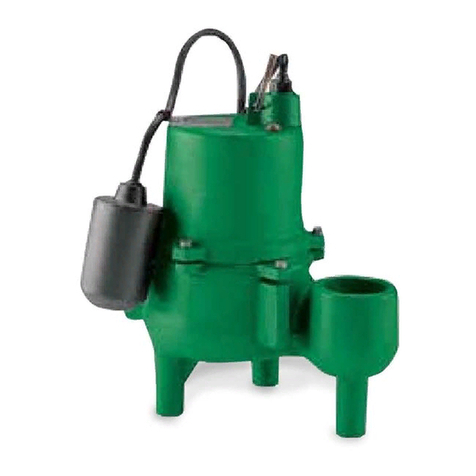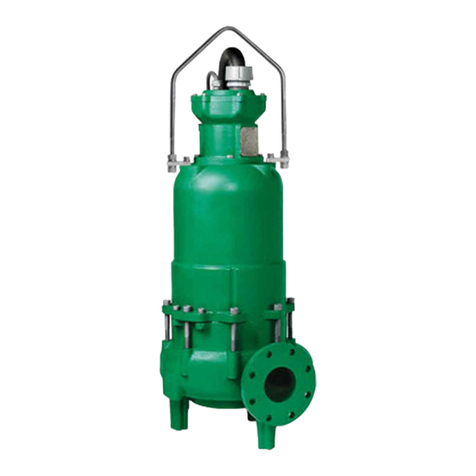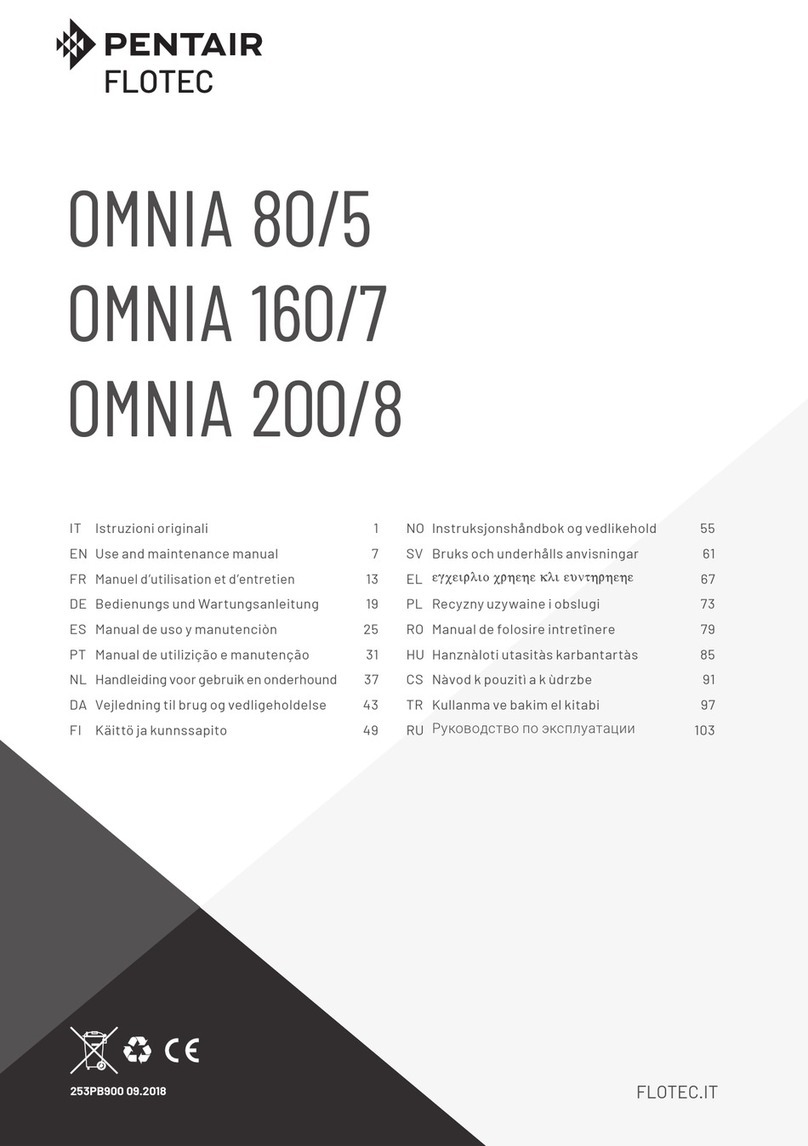Pentair HYPRO 1532C-6SP Use and care manual




















This manual suits for next models
13
Table of contents
Other Pentair Water Pump manuals
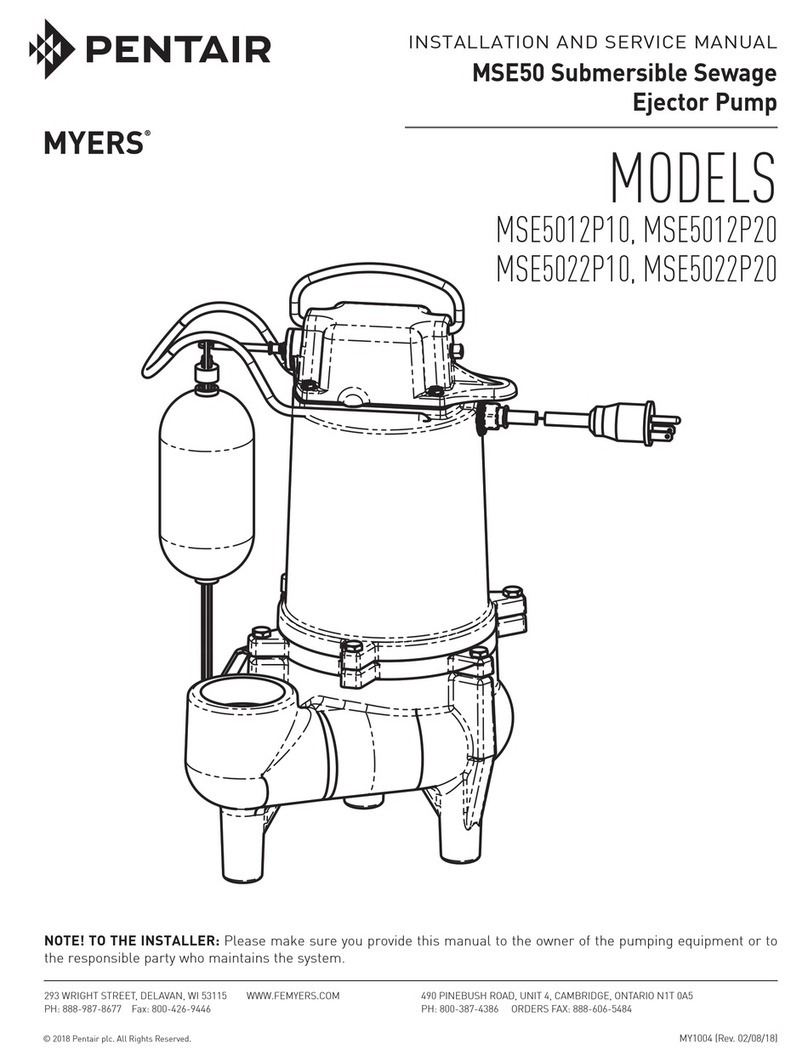
Pentair
Pentair MYERS MSE50 Series Manual

Pentair
Pentair Shurflo 358 User manual
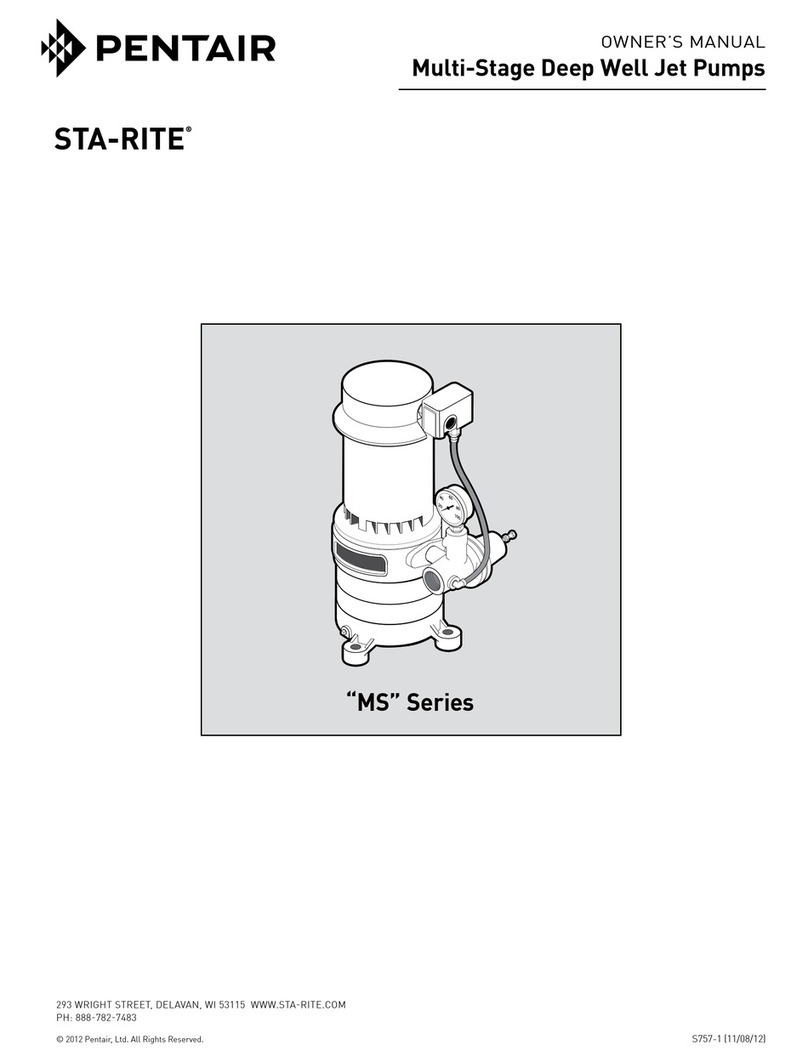
Pentair
Pentair STA-RITE MS Series User manual
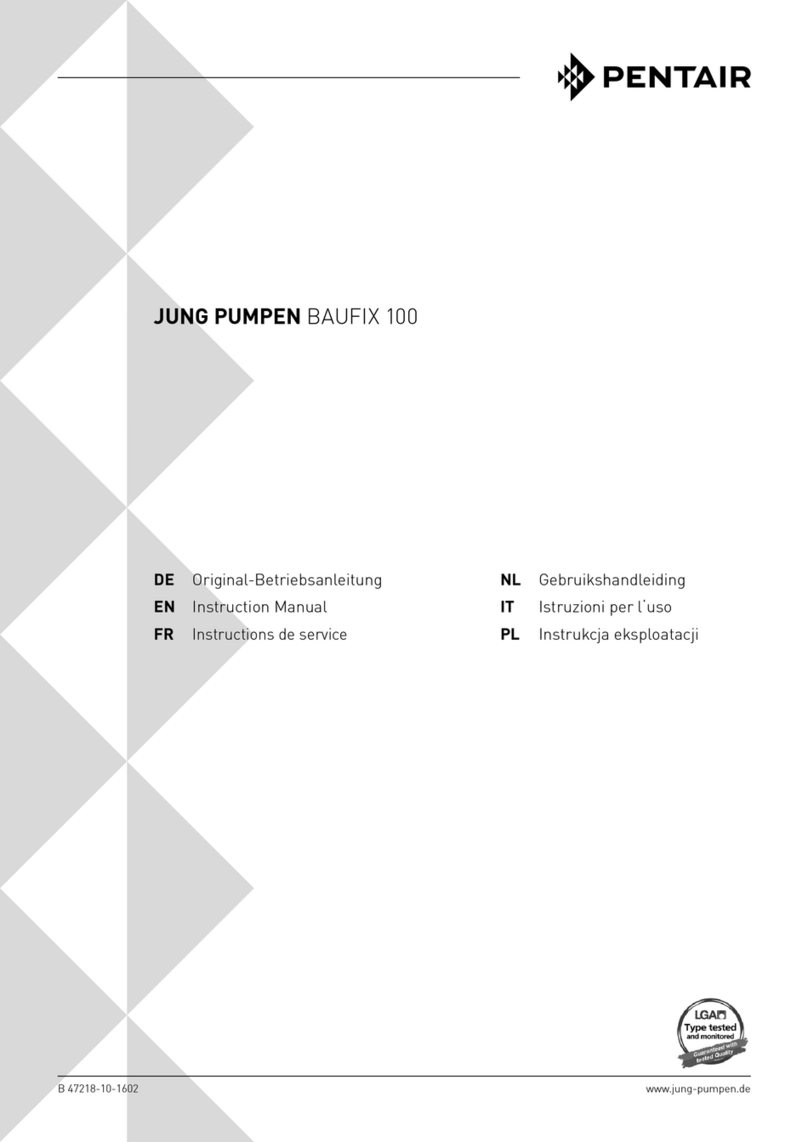
Pentair
Pentair JUNG PUMPEN BAUFIX 100 User manual
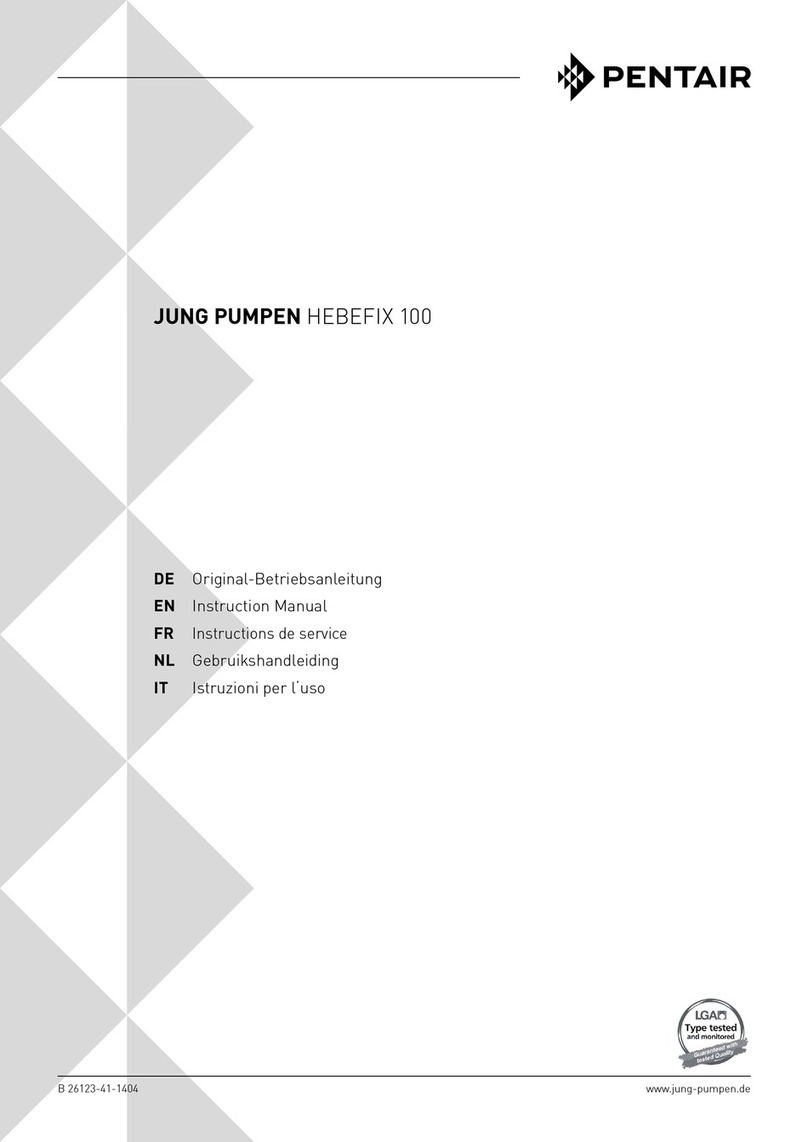
Pentair
Pentair JUNG PUMPEN HEBEFIX 100 User manual

Pentair
Pentair Myers 10MD05221 User manual

Pentair
Pentair Myers WG20 Manual
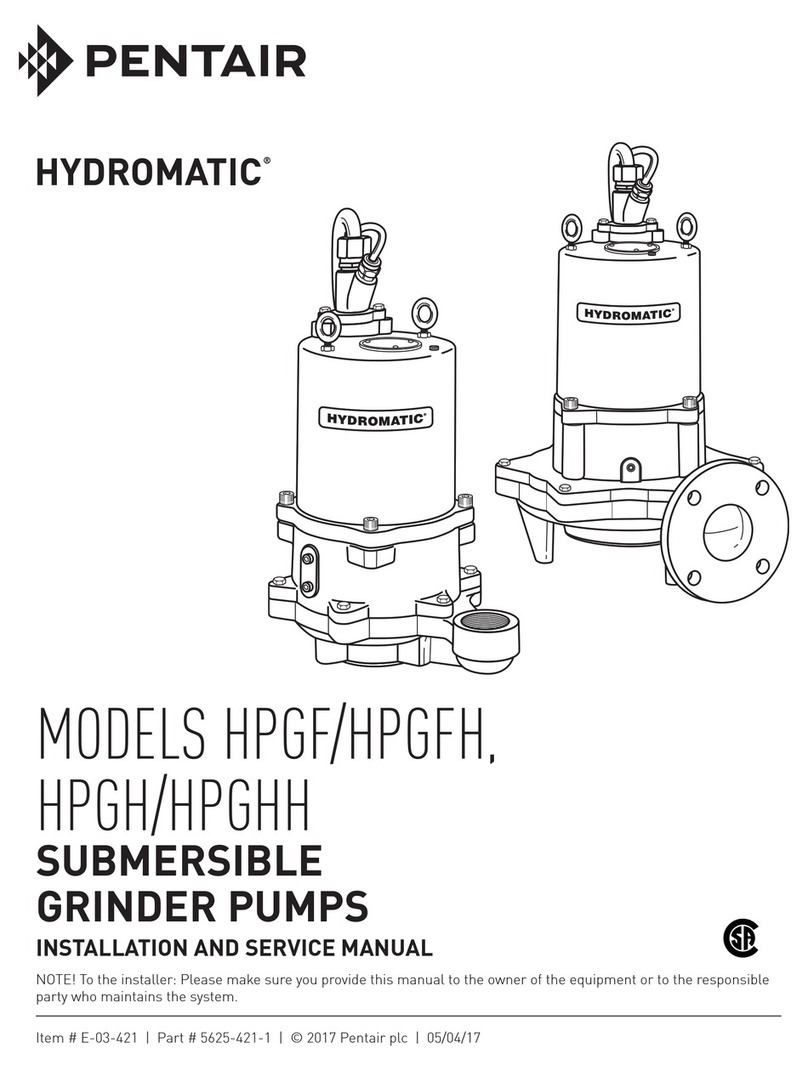
Pentair
Pentair HYDROMATIC HPGF Manual
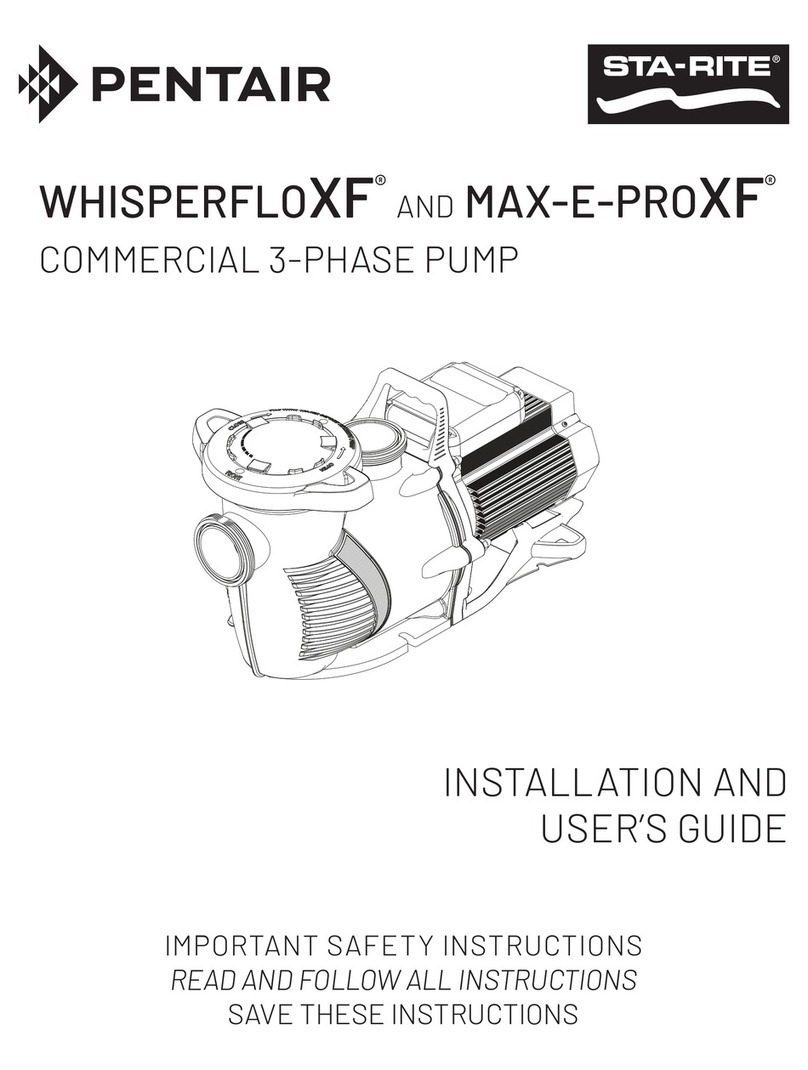
Pentair
Pentair WhisperFloXF User manual
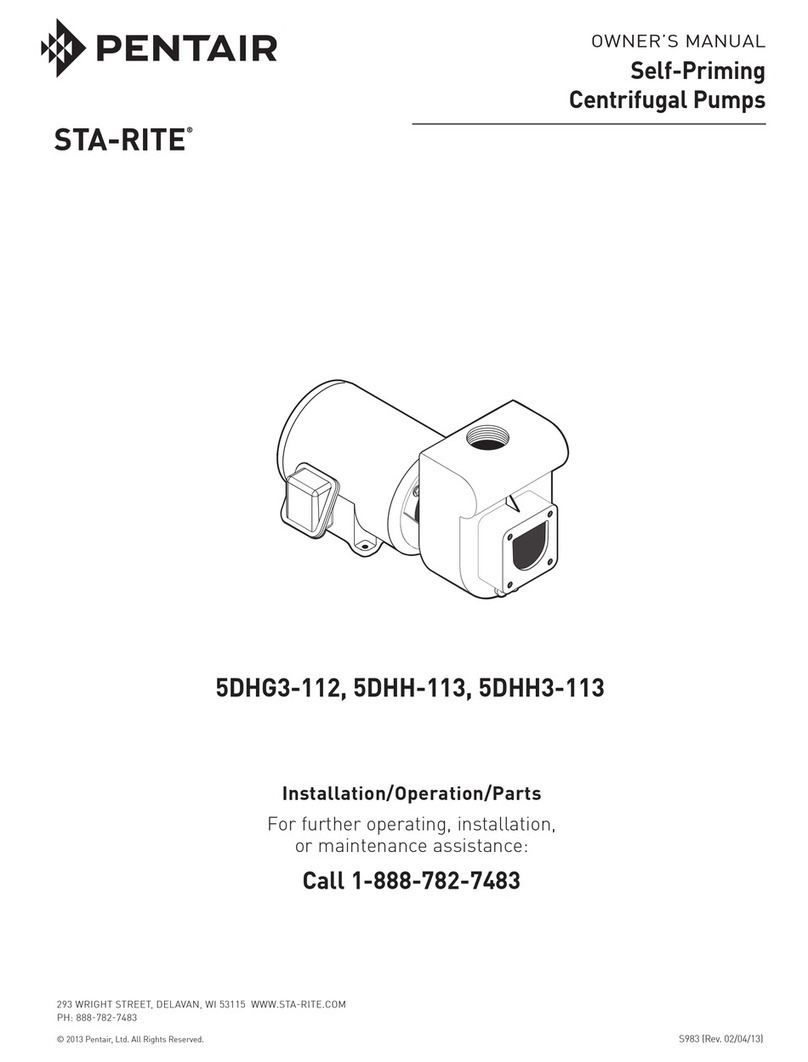
Pentair
Pentair STA-RITE 5DHG3-112 User manual

Pentair
Pentair HV200 SERIES Manual
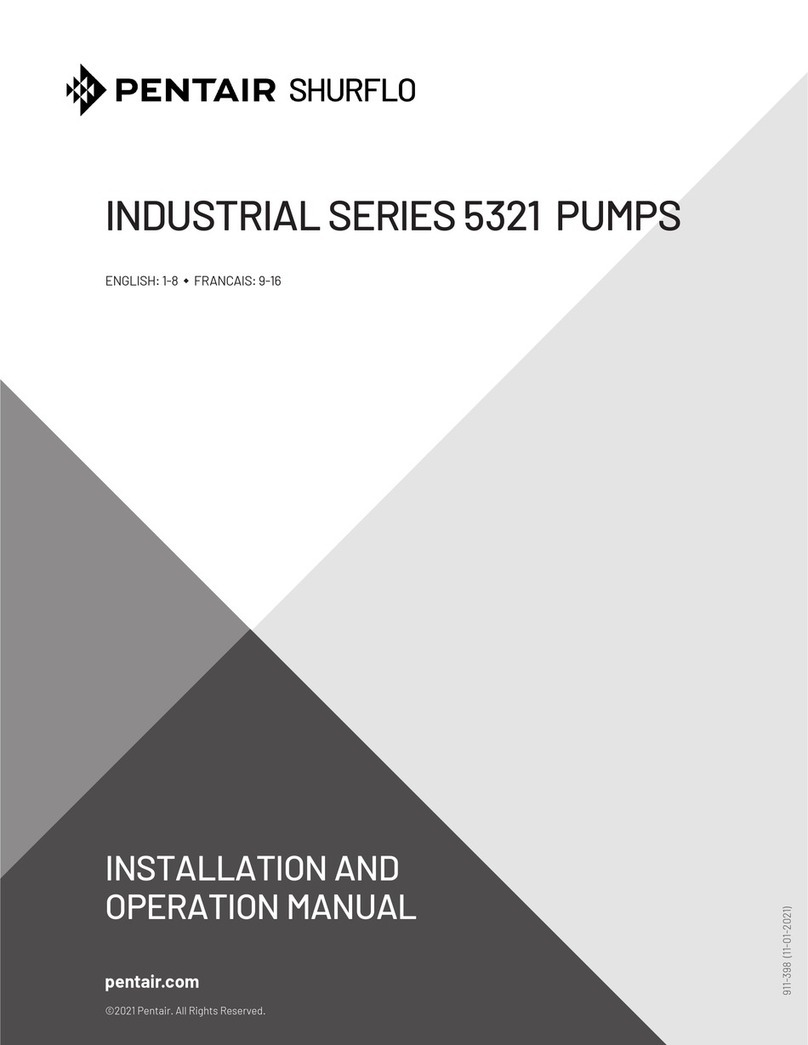
Pentair
Pentair SHURFLO 5321 Series User manual

Pentair
Pentair SHURFLO 802 Series User manual

Pentair
Pentair Myers MS1822 User manual

Pentair
Pentair MYERS MCSP3I User manual
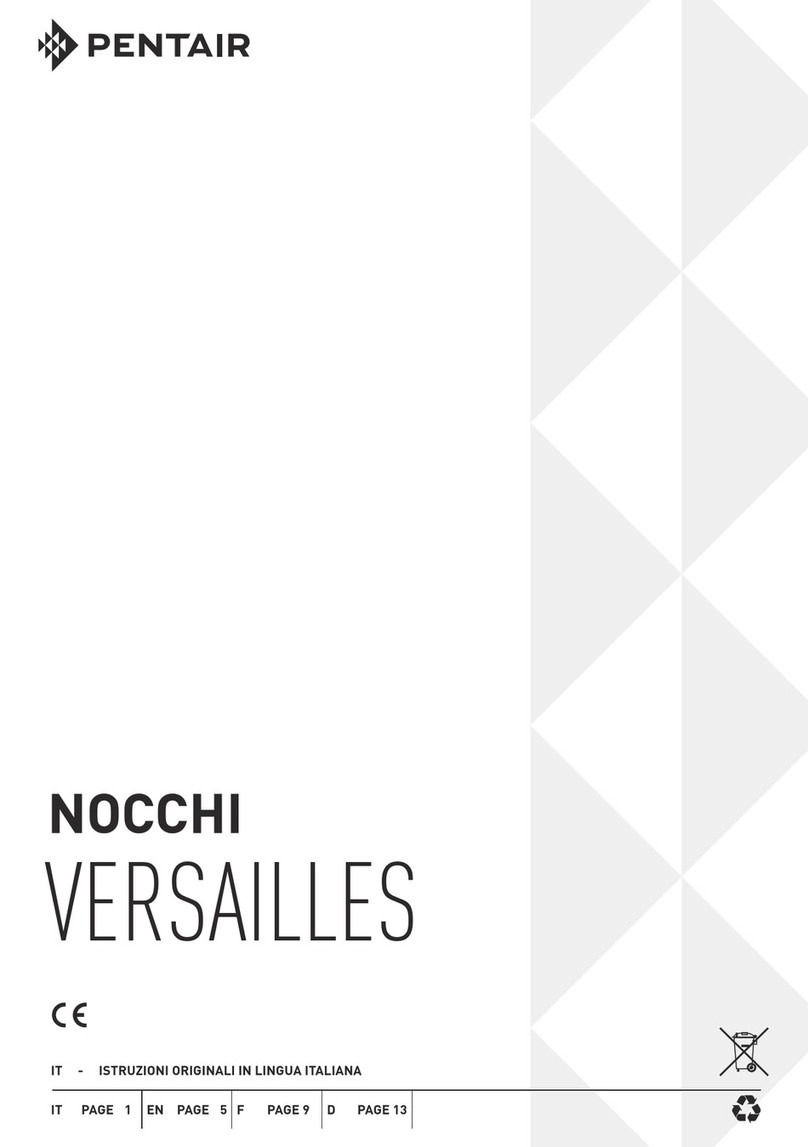
Pentair
Pentair VERSAILLES Series User manual

Pentair
Pentair Aurora 383 Operating instructions
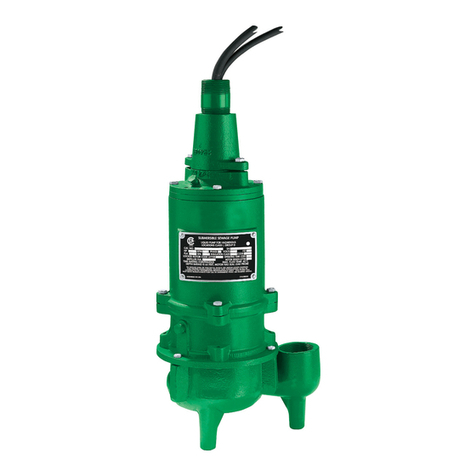
Pentair
Pentair Myers SX Series Manual
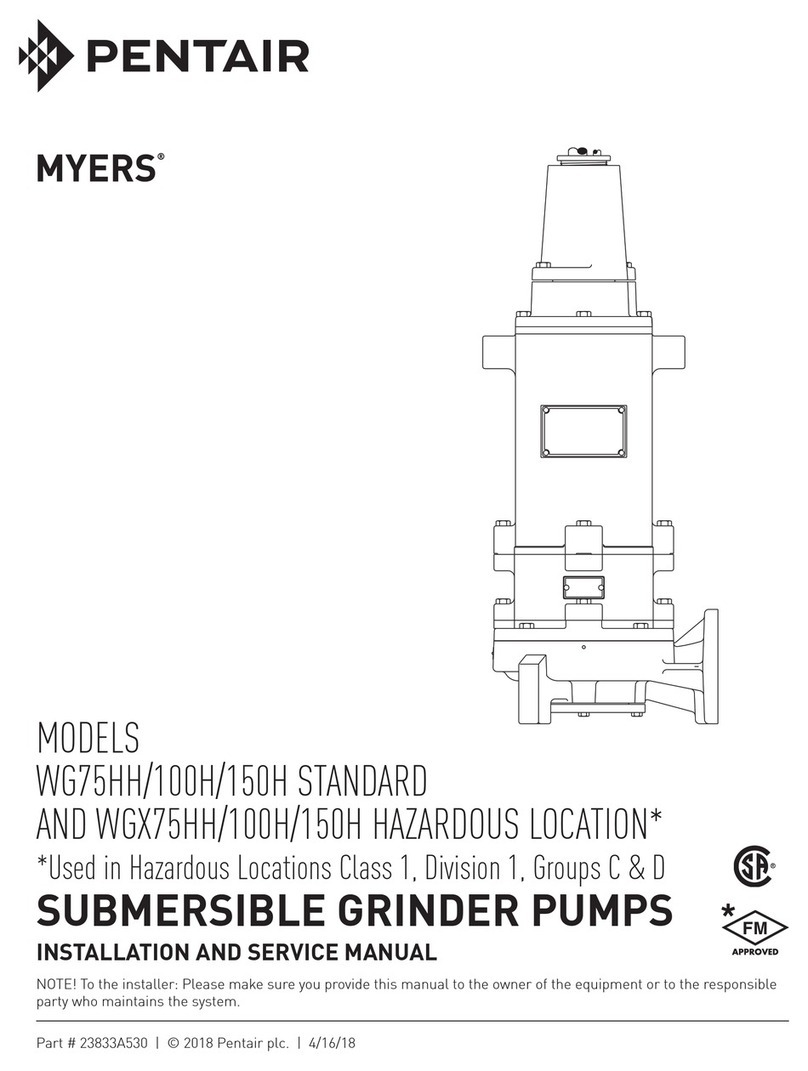
Pentair
Pentair MYERS WG75HH User manual
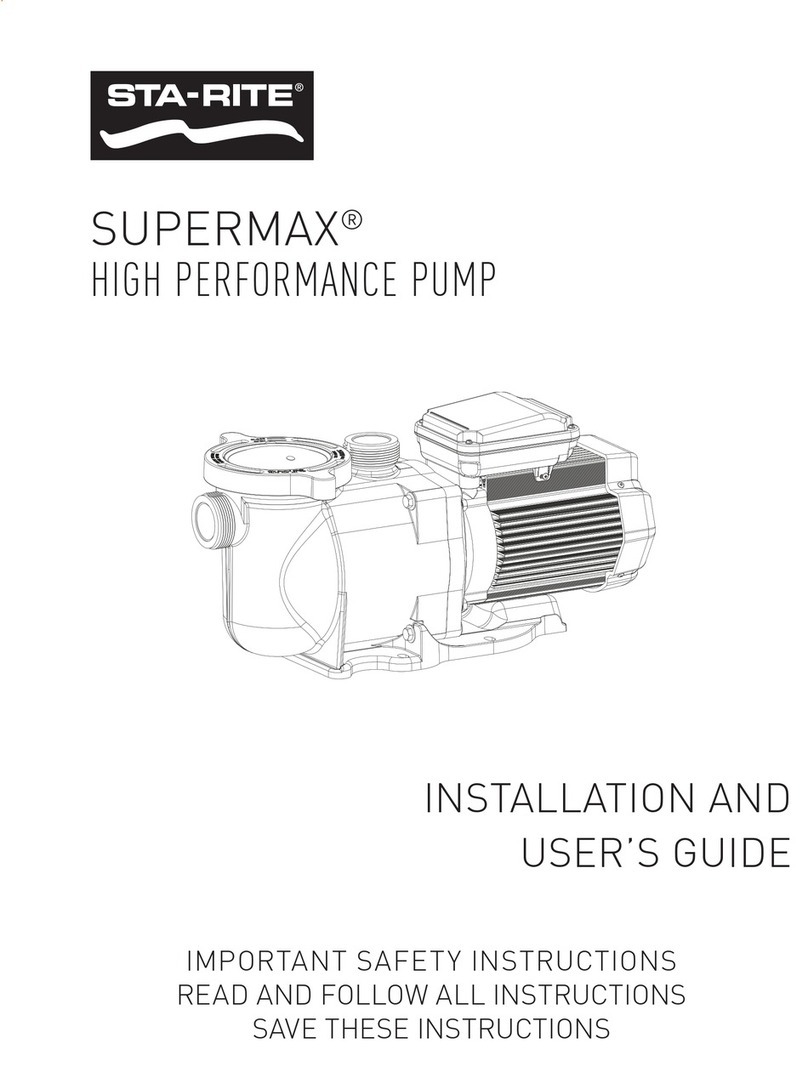
Pentair
Pentair STA-RITE SUPERMAX User manual
Popular Water Pump manuals by other brands
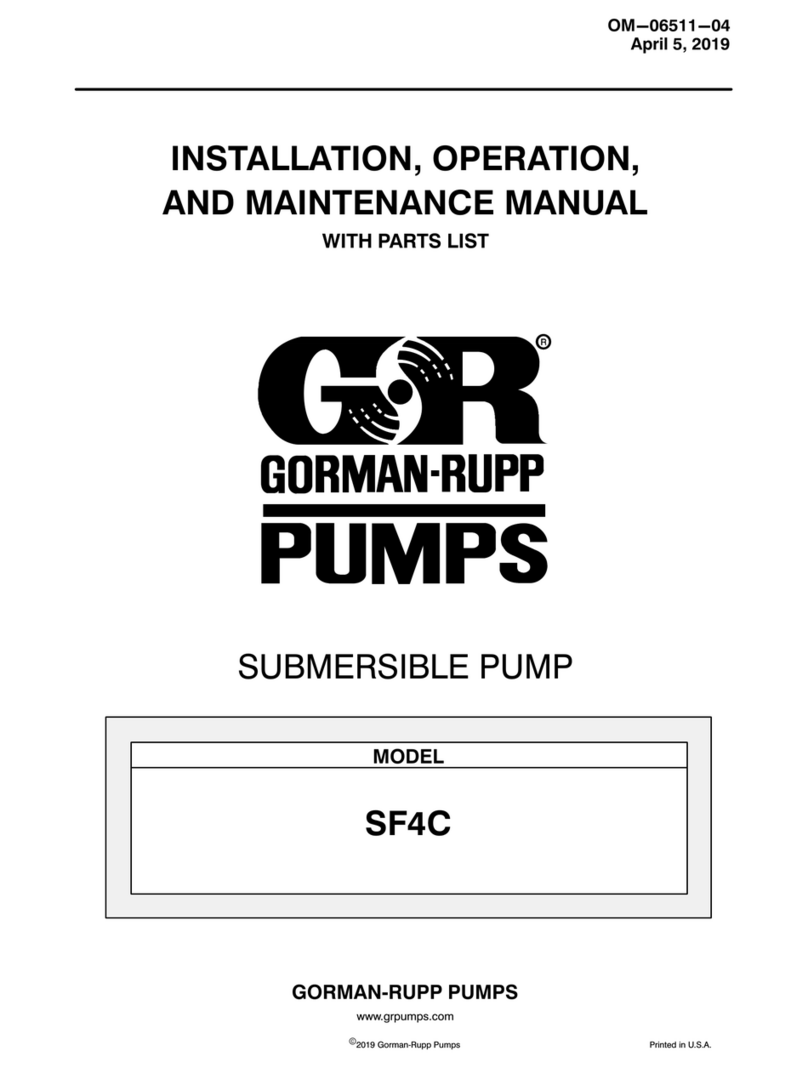
GORMAN-RUPP PUMPS
GORMAN-RUPP PUMPS SF4C Installation, operation, and maintenance manual with parts list

Xylem
Xylem AC Fire Pump 8100 Series Installation, operation and maintenance manual
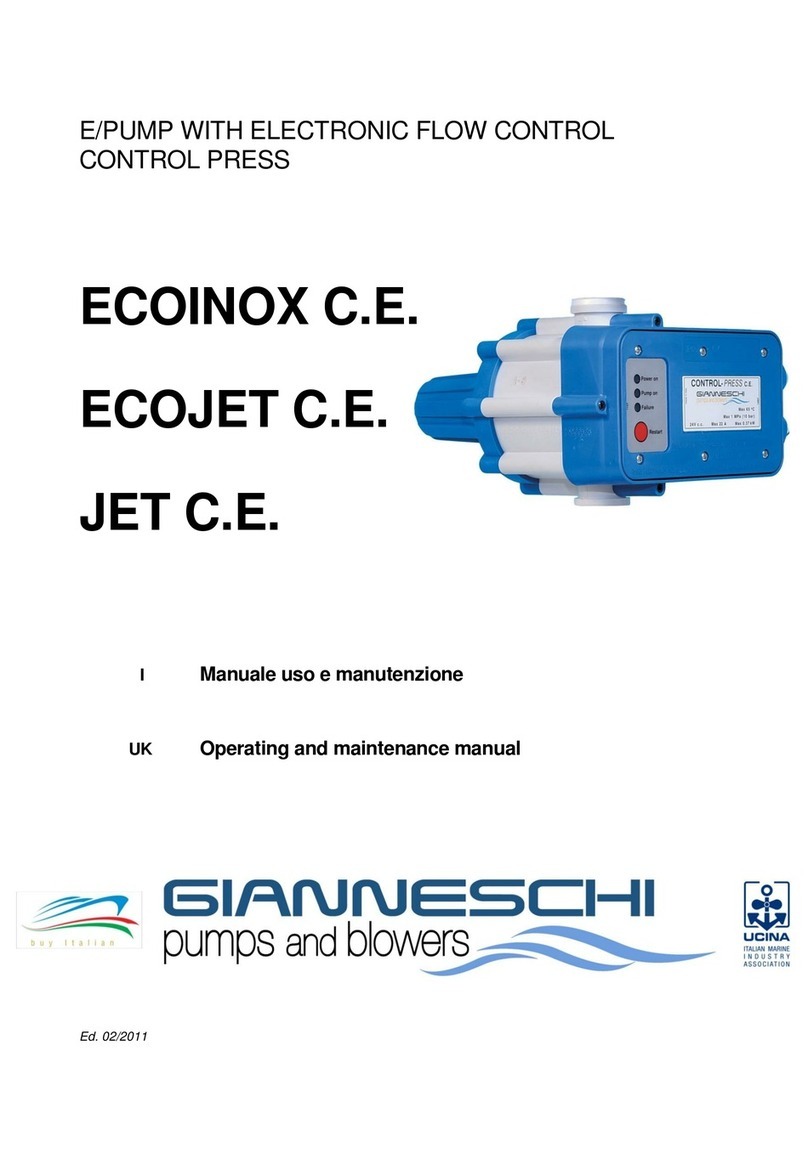
Gianneschi
Gianneschi ECOINOX C.E. Operating and maintenance manual
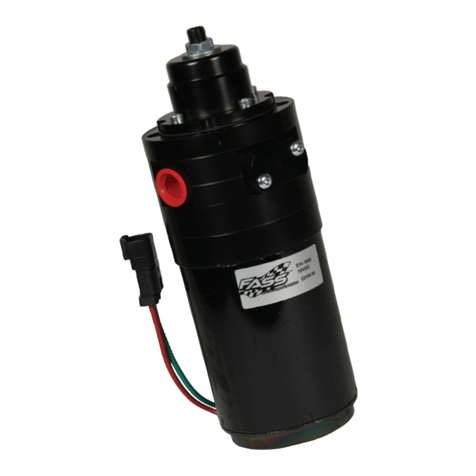
Fass
Fass FA F16 095G installation manual
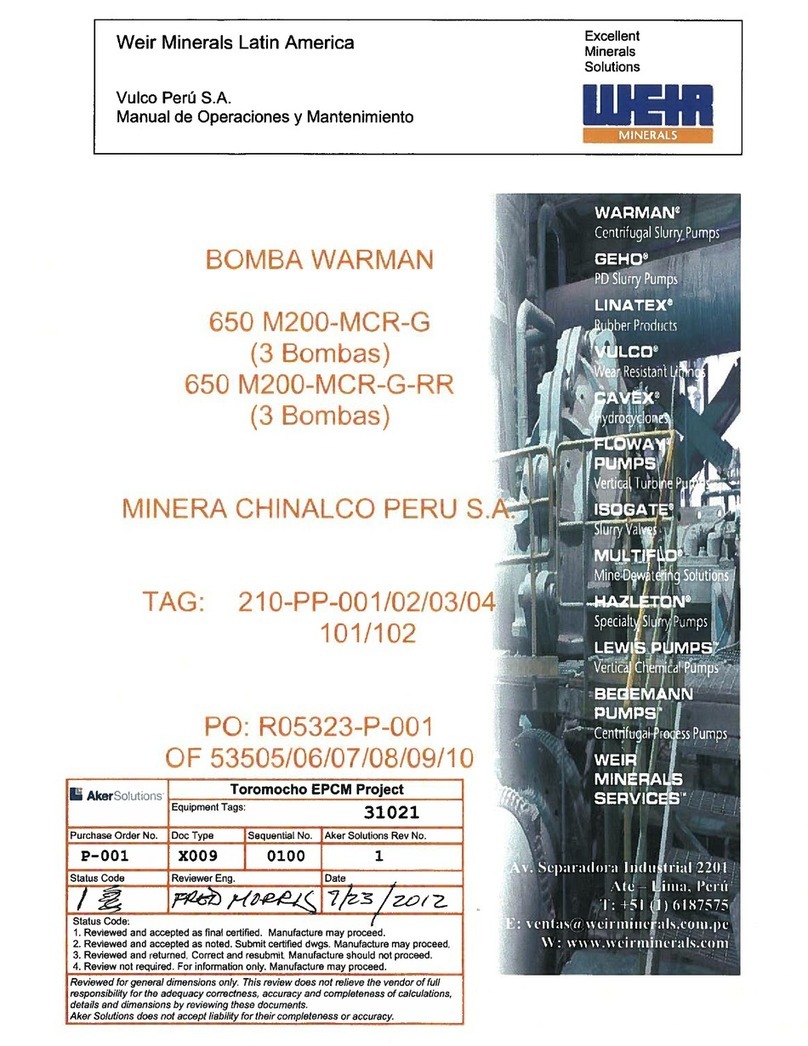
Weir
Weir Warman 650 M200-MCR-G manual

AES
AES Baby Wipes Installation/operating
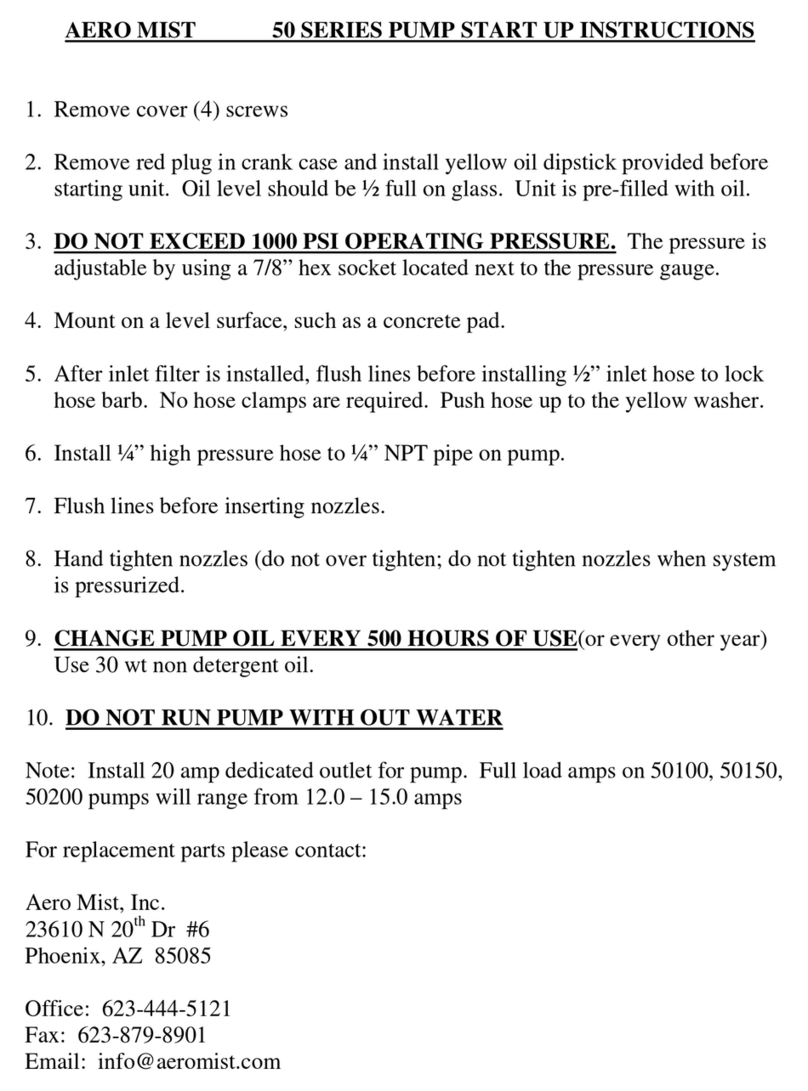
Aero Mist
Aero Mist 50 Series Start-up instructions
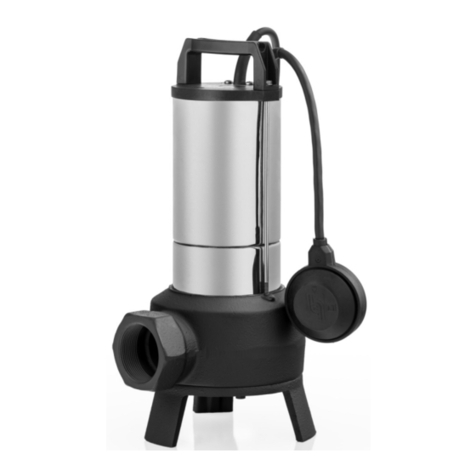
OLIJU
OLIJU VORTEX Series Installation and operation instructions

IWAKI PUMPS
IWAKI PUMPS EJ-B Series instruction manual
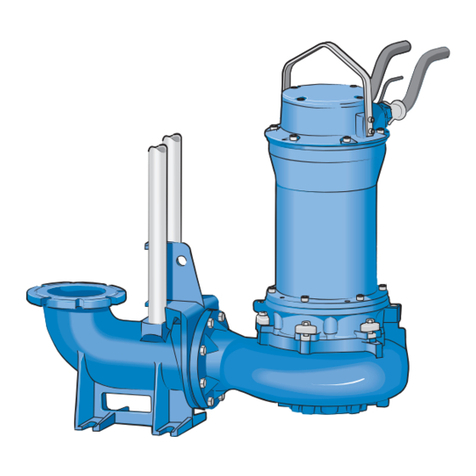
Pumpex
Pumpex K 101 Service instruction
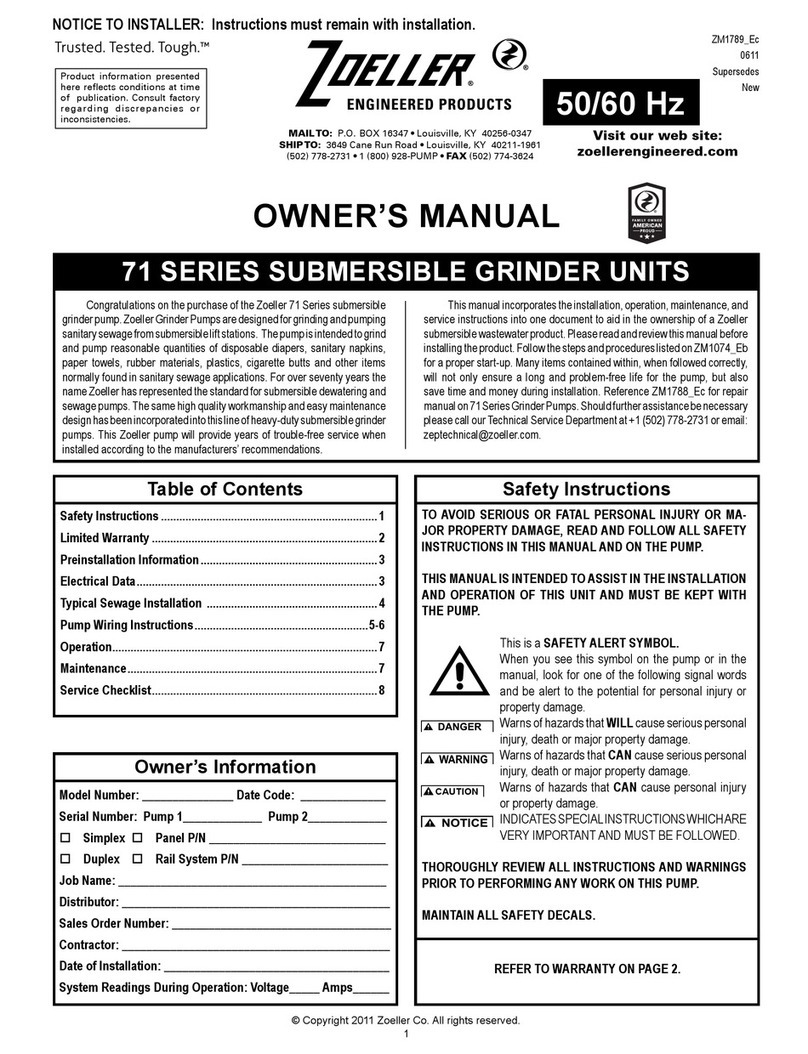
Zoeller
Zoeller 71 Series owner's manual

Wanner Engineering
Wanner Engineering Hydra-Cell G-25 Installation service

Dover
Dover PSG WILDEN PRO-FLO Saniflo Hygienic Series ENGINEERING OPERATION & MAINTENANCE MANUAL

World Chemical
World Chemical SUBMERSE YD-5002GWN1-HP instruction manual
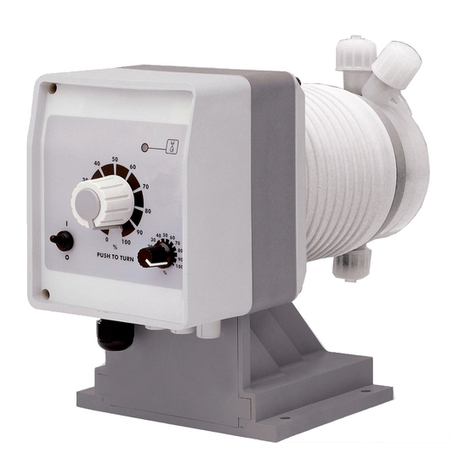
Emec
Emec AMS Series operating manual

GORMAN-RUPP
GORMAN-RUPP Patterson/AMT 573 Series Specifications information and repair parts manual
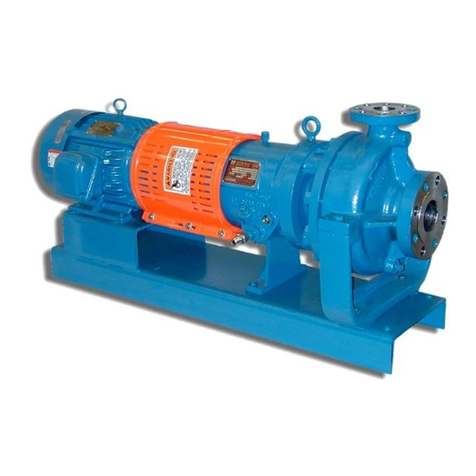
Ceco
Ceco DEAN PUMP R5000 Series Installation, operation & maintenance manual

Powerhorse
Powerhorse 50110 owner's manual
